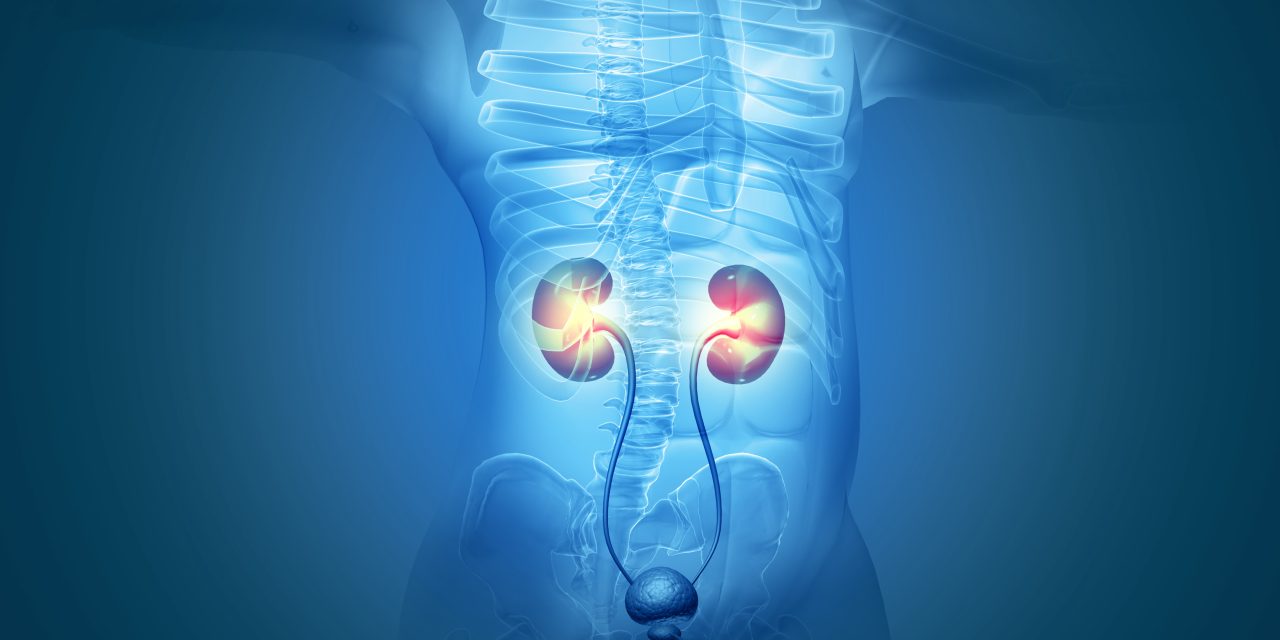Reliable urine samples are of eminent importance when diagnosing urinary tract infections (UTI) in children. Non-invasive procedures are convenient, but likely to be contaminated. This study aimed to compare the diagnostic accuracy of urine samples obtained by the midstream clean-catch method (CCU) with urine obtained by suprapubic aspiration (SPA), and evaluate the ability of urinary dipstick to predict true infection.
Retrospectively, data on children <2 years of age, seen at our centre on suspicion of UTI, who had a CCU and a SPA performed at the same day, where included. Any growth in SPA was considered significant whereas for CCU we tested two cut-off values of 10 and 10 CFU/ml, along with urinary dipstick results.
223 children were included. Using a cut-off of ≥10 CFU/ml, 16.6% (n=37) of the cohort would be misdiagnosed if relying only on CCU. Using ≥10 CFU/ml, the number was 24.6% (n=55). Evaluating leucocyte esterase (LE) on urinary dipstick, a large difference between using CCU (sensitivity 94.7%, specificity 14.4%) and SPA (sensitivity 78.9%, specificity 82.2%) became obvious.
A large number of children will be misdiagnosed if relying on CCU specimens compared to SPA. Relying on a negative leucocyte esterase dipstick test to rule out a UTI is not sufficient in a child with high suspicion of such an infection. SPA is a safe procedure, and we thus recommend its use, to avoid delay of treatment and unnecessary invasive follow-up investigations.
Pitfalls in Diagnosing Urinary Tract Infection in Children Below the Age of 2. Suprapubic Aspiration Vs. Clean Catch Urine Sampling.


